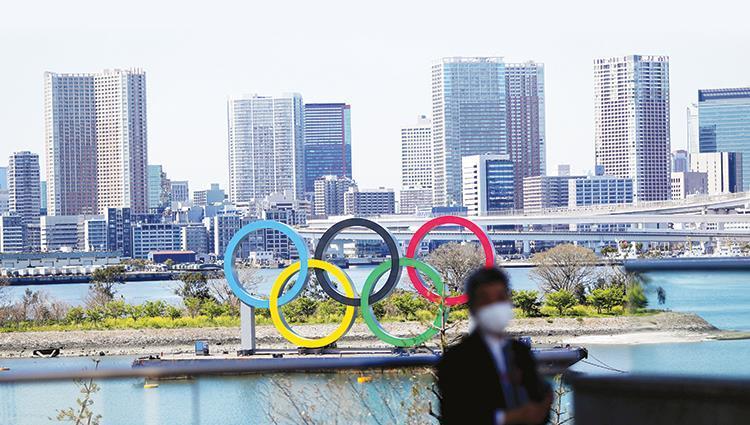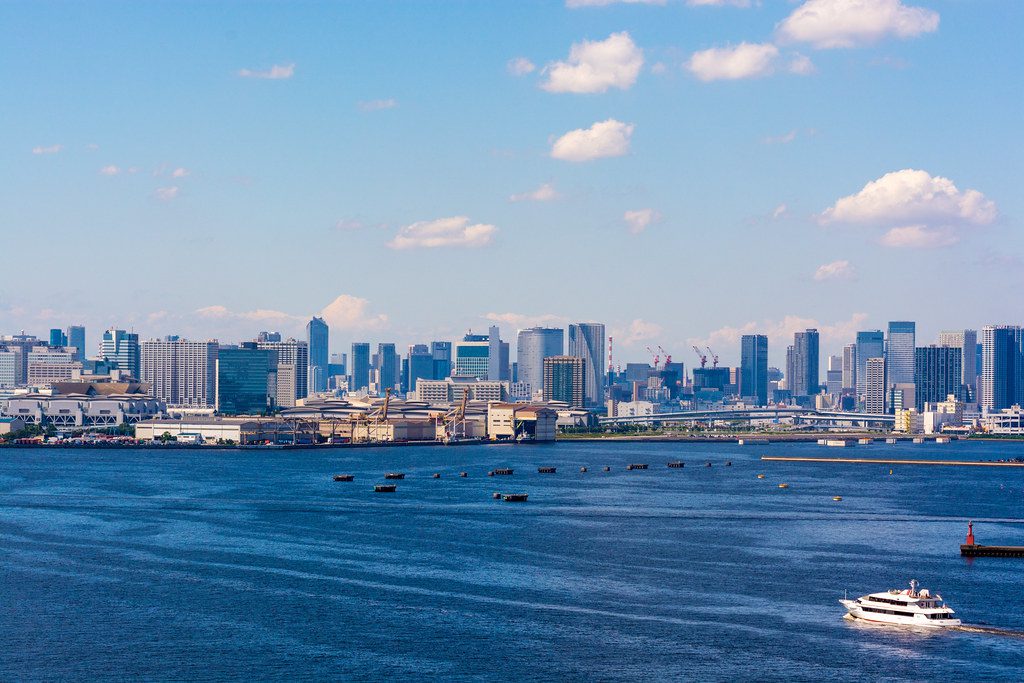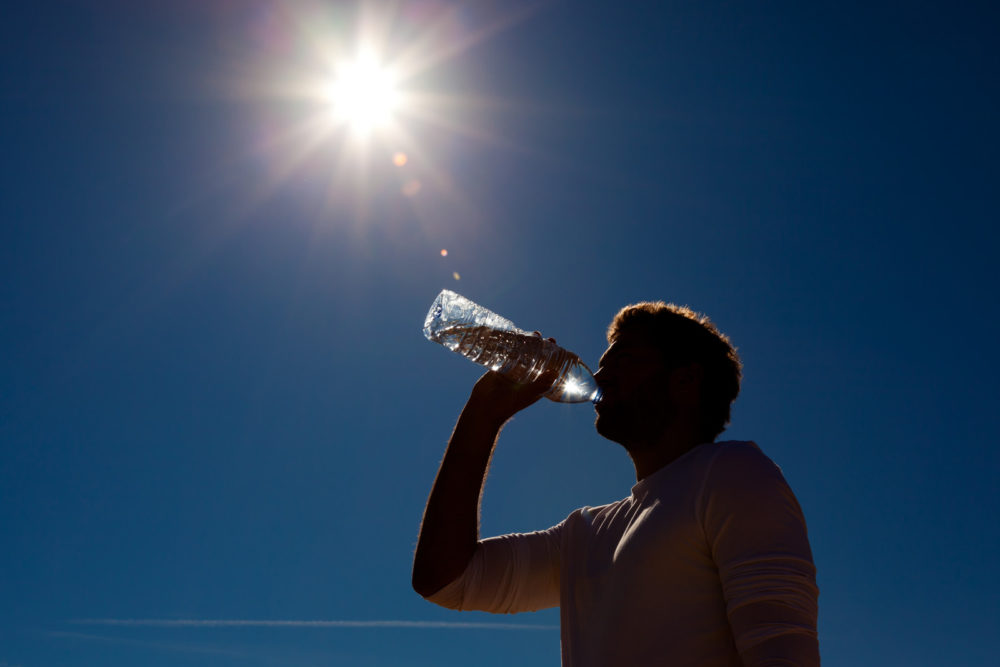Heat wave hitting Tokyo will affect distance events
Athletes forced to face challenging temperatures on the track

Two weeks ago, the world disapproved as Japanese COVID-19 cases soared across the country, issuing a country-wide lockdown and ultimately, a strict ‘no-fans’ Olympic games. After the Games was postponed in 2020, the International Olympic Committee knew they would be faced with stopping the spread of COVID-19 at these Games, but what they did not anticipate is the current heatwave tormenting Tokyo – temperatures reaching 40 C with the humidity, and a lack of cooling supplies at events for athletes.

The Tokyo’s summer heat has already prompted organizers to move the marathons and race-walking events up north, to the city of Sapporo. Some athletes have already struggled with humid temperatures, with several of the men’s triathlon and cycling participants seen collapsing following their events and performing at well below their usual level. With the track and field events starting Friday (Thursday evening in North America), the long-distance athletes will have to take on more than just their competition.
RELATED: Olympic marathon and race walk events moved to Sapporo for 2020
The heatwave hitting Tokyo isn’t bad news for all track and field athletes. Hotter temperatures tend to help short-term power output needed for the sprinting events. The warm temperatures will keep sprinters’ muscles loose and allow for quicker muscle transition, which increases stride rate or frequency. For distance events, the heat will wear down the athletes and take their heart rate to threshold levels. We spoke with Trent Stellingwerff, director of performance solutions at the Canadian Sport Institute Pacific, who is currently in Tokyo, about how Canadian athletes are coping with the high temperatures.

“The best way to deal with the heat is to train and adapt to it,” says Stellingwerff. “We have had our Canadian distance athletes here for 10 to 14 days before their event to acclimatize them to the environment. Athletics Canada hosted a training camp in Gifu, Japan [five hours east of Tokyo] prior to athletes coming into Tokyo. Having the training camp close by has given athletes an idea of what to expect. All athletes were physiologically monitored and ensured that they are adapting well to the conditions.”

Athletics Canada has a number of cooling strategies for during and post-training in Tokyo. Some athletes are wearing ice vests on training runs and ice tubs or inflatable pools for immediately after their sessions. “Athletics Canada has implemented all of the tactics strategically with each individual – each athlete has their own unique plan, based on their progress,” says Stellingwerff.
Natalia Hawthorn, a Canadian 1,500m athlete looking to make a splash in her Olympic debut, says “Training has been pretty normal, and the weather has been manageable with the training tools provided to us by Athletics Canada. On the warmer days, some athletes adjust to slowing their paces down and focusing more on recovery, plus fuelling the body with water and electrolytes.”
RELATED: 6 ways to keep cool during summer runs
Unlike the triathlon and cycling events, where water is accessible during the race, track races do not have that luxury, and the heat will be factor in the men’s and women’s distance events. “There is no doubt in my mind that heat will impact the distance events – just look at the 2019 Doha World Championships,” says Stellingwerff. “When you are really prepared for the heat, it can be a strategic advantage; the Olympics is all about how well you can compete compared to others.”


